Have you ever been faced with the daunting task of moving large rocks?
Whether you’re working on a landscaping project, building a retaining wall, or simply want to relocate a massive boulder, moving these heavy objects requires the right equipment and techniques.
It’s no secret that rocks, with their weight and immobility, can pose a significant challenge.
But fear not!
We’ll explore the best equipment available to make this seemingly impossible task achievable.
8 Essential Pieces of Equipment for Moving Large Rocks
- Manual Tools
1. Pry Bars and Crowbars
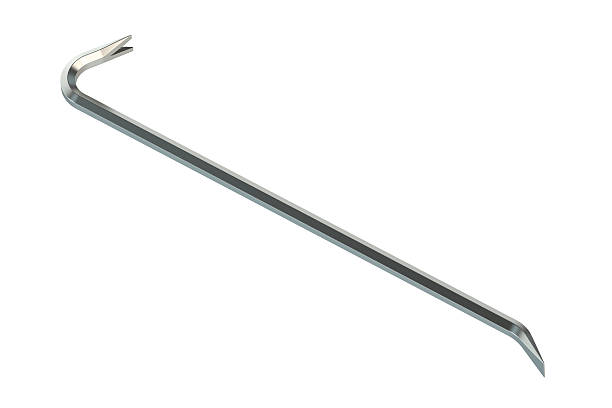
Pry bars and crowbars are essential tools for moving large rocks manually.
Their long, sturdy design allows you to apply leverage and exert force to pry rocks from the ground or create separation between rocks.
These tools are versatile and can be used to lift rocks, shift them into position, or create a pivot point for easier movement.
Choose pry bars and crowbars with ergonomic handles for a comfortable grip and maximum leverage.
2. Handheld Rock Lifters
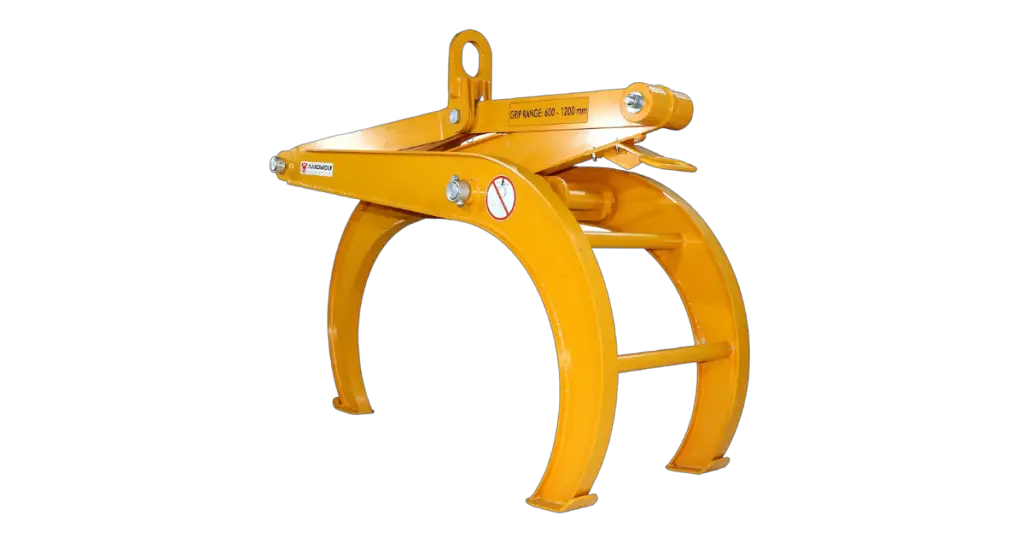
These are specifically designed to provide a secure grip on rocks, allowing for controlled lifting and positioning.
These devices feature gripping jaws or clamps that can be adjusted to accommodate rocks of different sizes and shapes.
With a rock lifter, you can safely lift rocks without straining your back or risking injury. Look for lifters with durable construction and non-slip handles for optimal performance.
Related: Mexican Landscapers/Yard Workers: All You Need to Know
3. Rocking Bars and Fulcrums
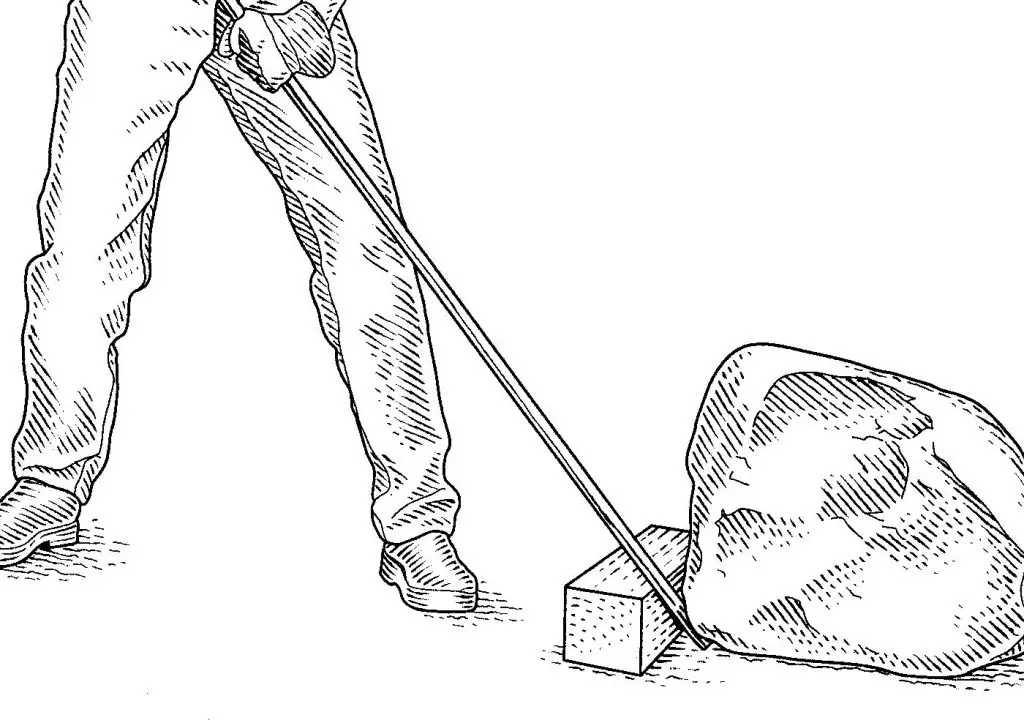
They use the principle of leverage to lift and shift rocks by redistributing their weight.
These tools consist of long, sturdy bars with a curved or angled end that serves as a fulcrum.
By placing the fulcrum under a rock and applying downward force on the opposite end, you can create a lifting motion that helps dislodge or move the rock.
Rocking bars and fulcrums are particularly useful when dealing with heavy rocks or when you need to pivot a rock into a new position.
4. Lifting Straps and Harnesses
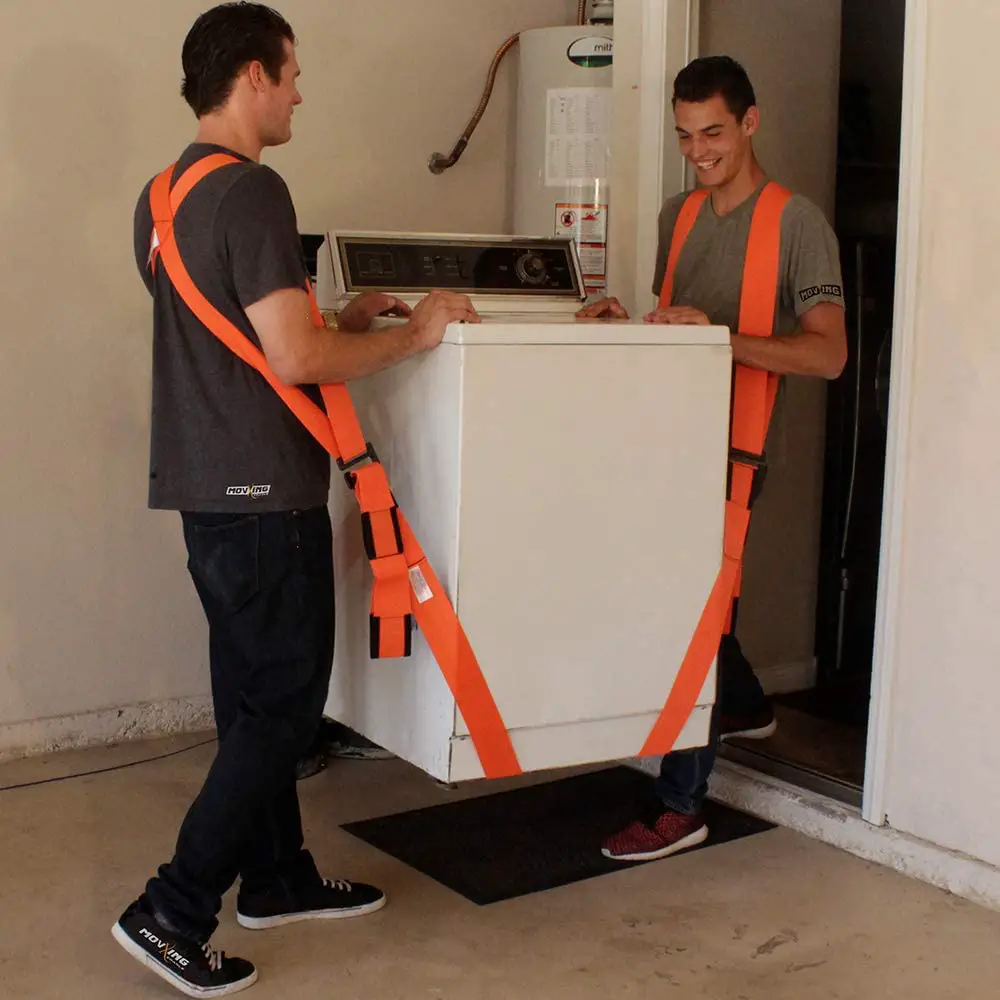
These are essential for safely moving large rocks by distributing the load and providing a secure lifting method.
The sturdy straps are designed to be wrapped around the rock, creating a secure attachment point.
They evenly distribute the weight of the rock, reduce the strain on your body, and allow for a more controlled lift.
Lifting harnesses, in particular, provide additional support and stability during the lifting process.
Choose straps and harnesses made from durable materials with strong buckles or clasps for reliable performance.
- Mechanical Equipment
5. Hand-Operated Winches and Come-Alongs
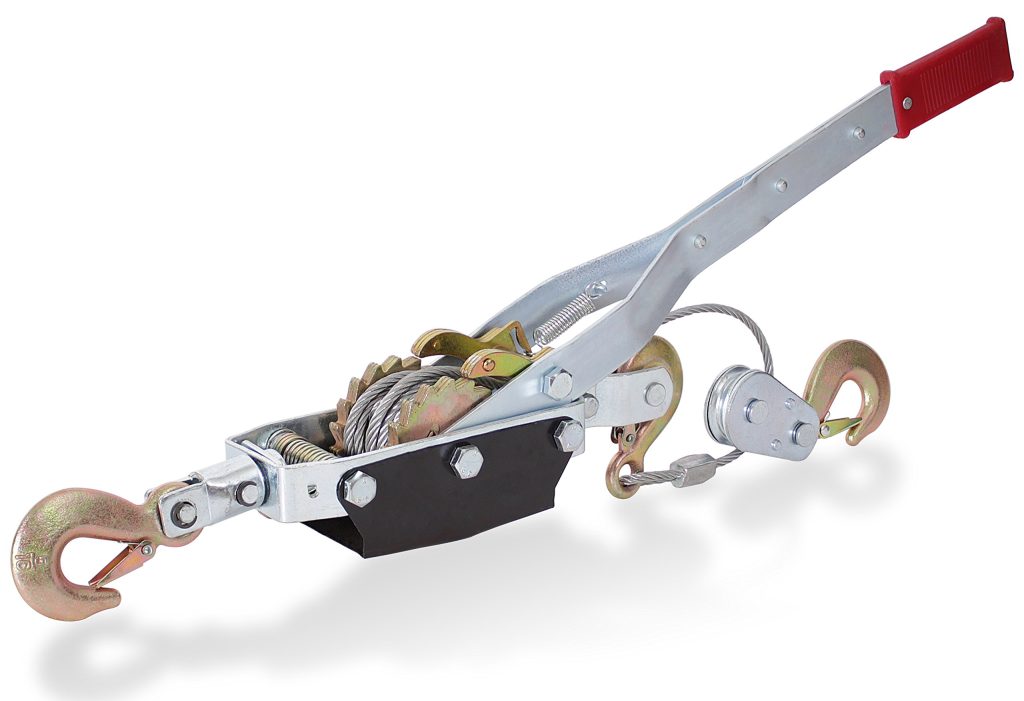
Consider these if you want to move rocks over shorter distances.
They use a ratcheting mechanism and a steel cable or strap to provide mechanical advantage and controlled pulling power.
By anchoring the winch or come-along to a stable object and attaching the cable or strap to the rock, you can gradually apply force and pull the rock to the desired location.
Hand-operated winches and come-alongs are portable and easy to use. This makes them suitable for various rock-moving applications.
Related: 5 Best Ways to Move River Rock by Hand
6. Skid-Steer Loaders and Bobcats
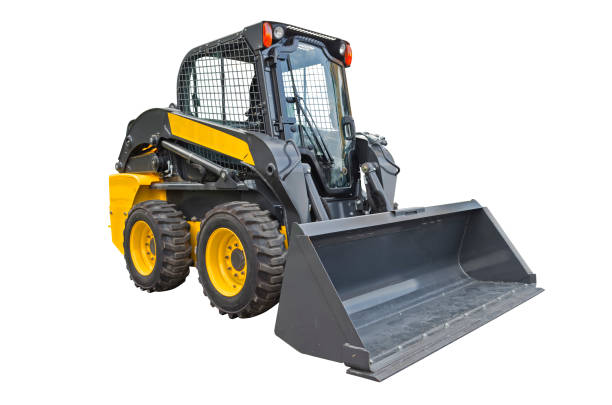
Agile and equipped with powerful arms and buckets, these machines are well-suited for lifting and transporting rocks.
They feature a skid-steer mechanism that allows for tight turns and maneuverability in confined spaces.
With the use of specialized rock buckets or grapple attachments, skid-steer loaders and bobcats can easily scoop up rocks, lift them, and deposit them in a designated area.
These versatile machines offer efficient rock-moving capabilities, especially when dealing with medium-sized rocks or a moderate quantity of rocks.
7. Excavators and Backhoes
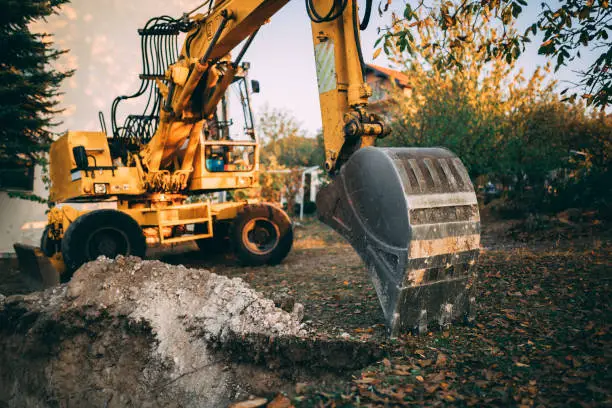
They provide the necessary strength and versatility for handling extremely heavy rocks or large quantities of rocks.
These machines feature a hydraulic arm with a bucket or grapple attachment that can lift and transport rocks with ease.
Excavators are designed for heavy-duty digging and lifting, while backhoes combine excavation capabilities with the ability to load and transport materials.
With their powerful hydraulic systems, excavators and backhoes can handle rocks of various sizes and weights. They’re ideal for demanding rock-moving projects.
8. Cranes and Hoists
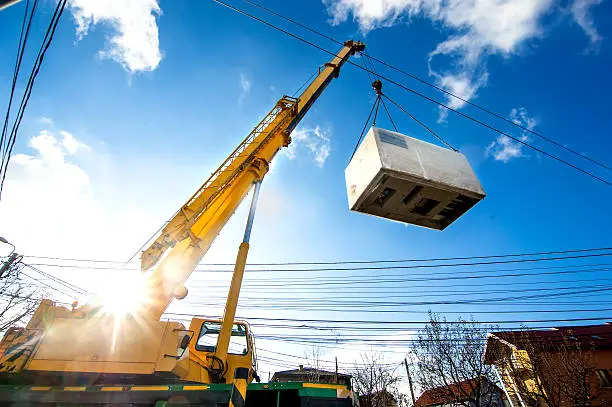
When faced with the most challenging rock-moving tasks, cranes and hoists are the go-to equipment due to their exceptional lifting capacity and precise control.
Cranes are typically used for larger-scale projects, where their boom or jib arm can extend over long distances and provide a wide range of motion.
They offer high lifting capacities and can safely lift and move rocks of substantial size and weight.
Hoists, on the other hand, are more compact and versatile, often used in construction or industrial settings.
They can be mounted on a frame or attached to a stationary structure to lift and transport rocks vertically or horizontally.
Related: Landscape Architecture vs. Architecture
How to Move Large Rocks
Moving large rocks requires more than just the right equipment. Employing the right techniques will enhance efficiency and safety.
Preparation
- Survey the Area
Assess the environment, identify potential obstacles, and plan the most efficient path for moving the rock.
- Clear Obstacles
Remove any debris or obstacles that may hinder the rock’s movement. Ensure a clear and stable path to avoid accidents.
- Assess the Rock’s Stability
Determine the stability of the rock by checking for loose sections or points of weakness. Assessing the weight distribution helps plan the lifting strategy.
How to Move Large Rocks by Hand (without Machinery)
- Leverage Fulcrums
Place fulcrums strategically and use leverage points to create lifting force, making it easier to move rocks manually.
- Use Lifting Straps
Securely fasten lifting straps or harnesses to the rock, distribute the weight evenly, and coordinate the lift with team members.
- Employ the “Rocking” Technique
By gently rocking the rock back and forth, you can break the grip of friction and facilitate its movement.
- Teamwork
Moving large rocks is often a team effort. Establish clear communication and synchronize actions to ensure a smooth and safe process.
How to Move Large Rocks with Machinery
- Use Winches and Come-Alongs Strategically
Attach winches or come-alongs to fixed objects, such as trees or vehicle hitch points, to provide the pulling force needed to move the rock.
- Operate Loaders, Excavators, and Backhoes for Rock Relocation
Familiarize yourself with the controls of these machines to lift, carry, and position rocks accurately.
- Employ Cranes and Hoists for Heavy-Duty Lifting
Consult professionals when working with cranes and hoists, as their operation requires specialized knowledge and training.
Related
- Monument Grills Vs Weber Grills Review
- Shadow Box Fence Pros and Cons
- Shadow Box Fence Vs Board on Board Fence (Side by Side Comparison)
- Best Paslode Framing Nailers Review
- Top 5 Freeman Framing Nailers Review
- Best Numax Finish & Framing Nailers Review
- 8 Best Metabo Framing Nailers Review
- Advantages and Disadvantages of Dog Eared Fence
- Clearly Filtered Vs Aquagear Water Filter Pitcher (Comparison)
- Best Pneumatic Nail Guns Review
- 6 Best Royal Gourmet Grills Review
- How to Successfully Move Large Rocks with a Tractor


